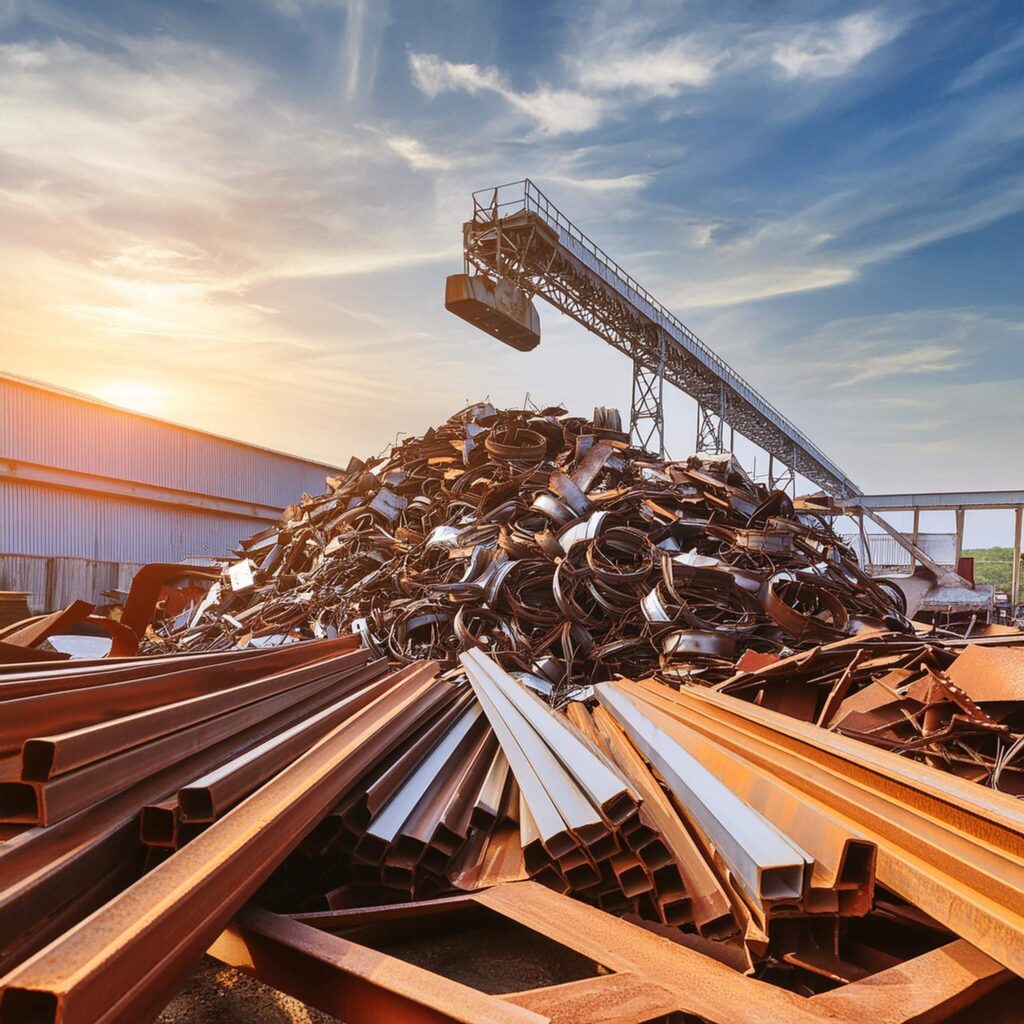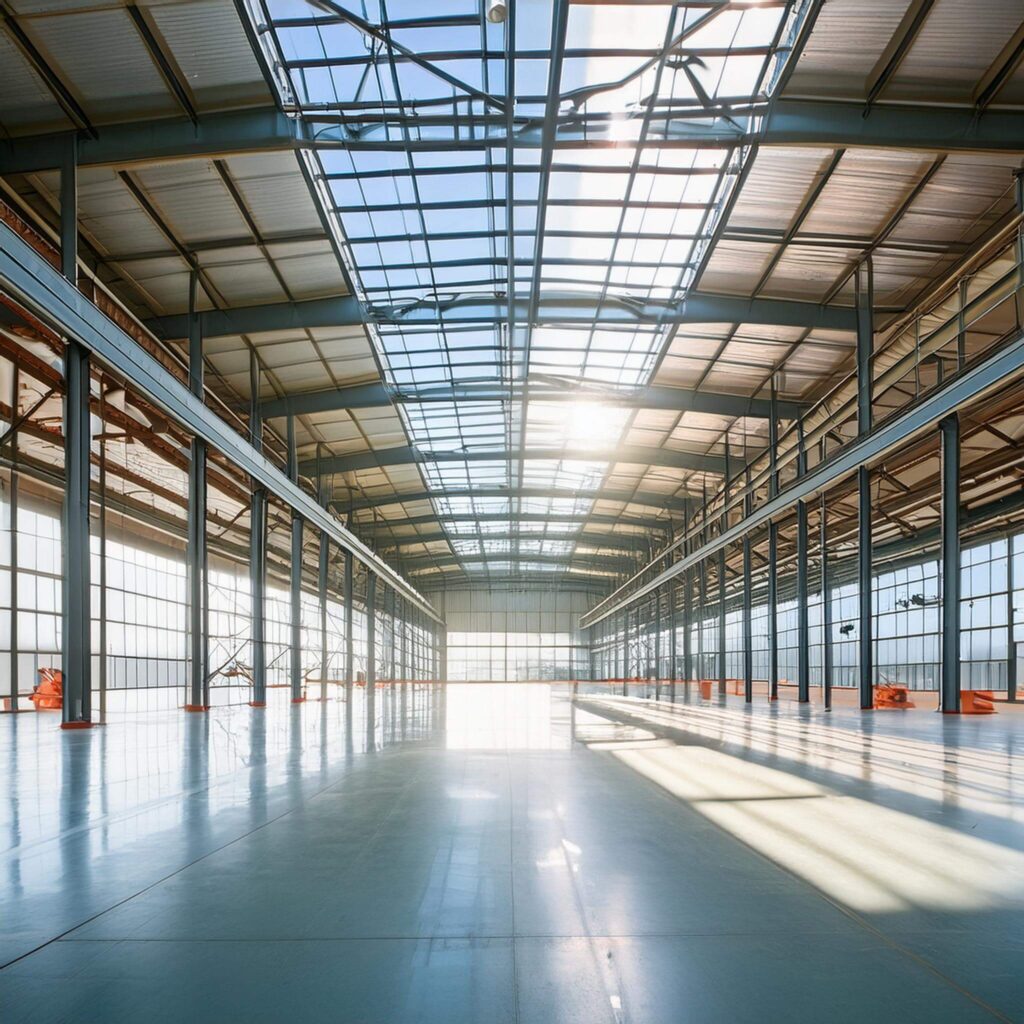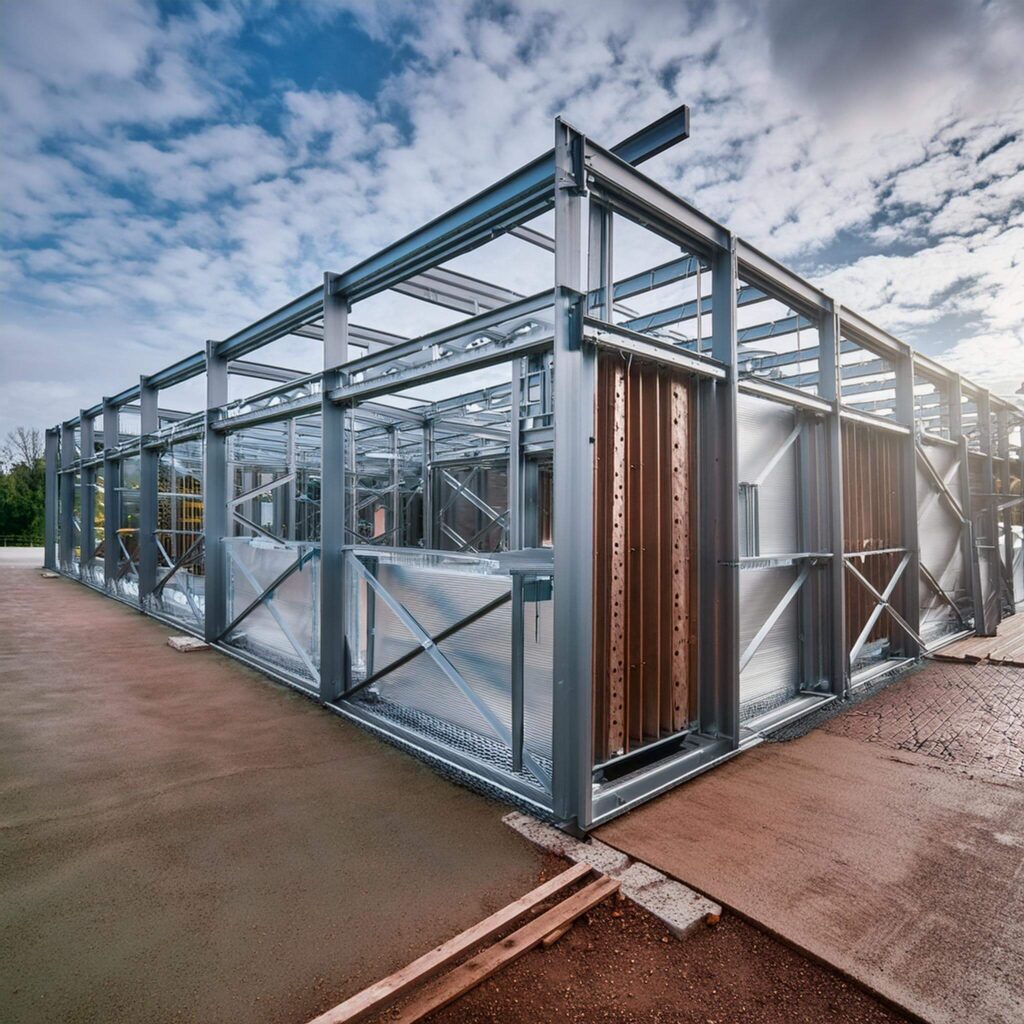Embracing a Greener Future:
Sustainability in Steel Construction
In an era where environmental consciousness is paramount, the construction industry is actively seeking sustainable solutions to reduce its ecological footprint. Steel construction, a stalwart in the world of building materials, is not exempt from this green revolution. Embracing sustainability in steel construction not only aligns with environmental values but also offers a myriad of benefits that resonate throughout the lifecycle of a structure.
One of the primary environmental advantages of steel lies in its recyclability. Steel is 100% recyclable, and the recycling process doesn’t compromise its inherent qualities. By opting for recycled steel, construction projects contribute significantly to the conservation of natural resources and the reduction of energy consumption, making it a key player in the circular economy.
Furthermore, steel structures are known for their durability and longevity. Buildings constructed with steel have a prolonged lifespan, reducing the need for frequent replacements and associated material consumption. This longevity is particularly crucial in the context of sustainable development, as it aligns with the principle of creating structures that stand the test of time.

The energy efficiency of steel construction also stands out as a sustainability hallmark. Steel-framed buildings can be designed to maximize natural light, reducing the reliance on artificial lighting during daylight hours. Additionally, steel’s thermal efficiency allows for better insulation, contributing to energy savings in heating and cooling systems.
Steel construction embraces innovative design approaches that prioritize resource efficiency. Advanced technologies, such as Building Information Modeling (BIM) and computational design, enable architects and engineers to optimize material use, minimize waste, and create structures that are both aesthetically pleasing and environmentally responsible.


Beyond the construction phase, steel buildings offer flexibility for future adaptations and renovations. This adaptability reduces the need for demolition and reconstruction, promoting sustainable urban development practices.
In conclusion, sustainability in steel construction is not merely an option but a responsibility. By choosing steel as a building material and incorporating eco-friendly practices into the construction process, we pave the way for a greener, more sustainable future—one where our structures harmonize with the environment rather than deplete it. As the steel industry continues to innovate, it becomes a powerful ally in the global pursuit of sustainable and resilient infrastructure.
